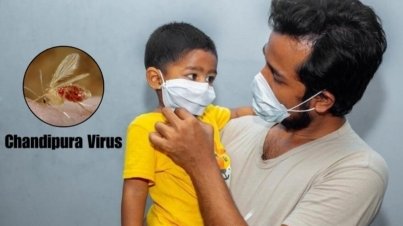Chandipura virus is an emerging orthoped Bond virus belonging to the rhabdoviridae family, genus vesiculovirus. It was first identified the 1965 during an outbreak of insects in Chandipura village Maharashtra. Since then sporadic outbreaks of Chandipura ...

